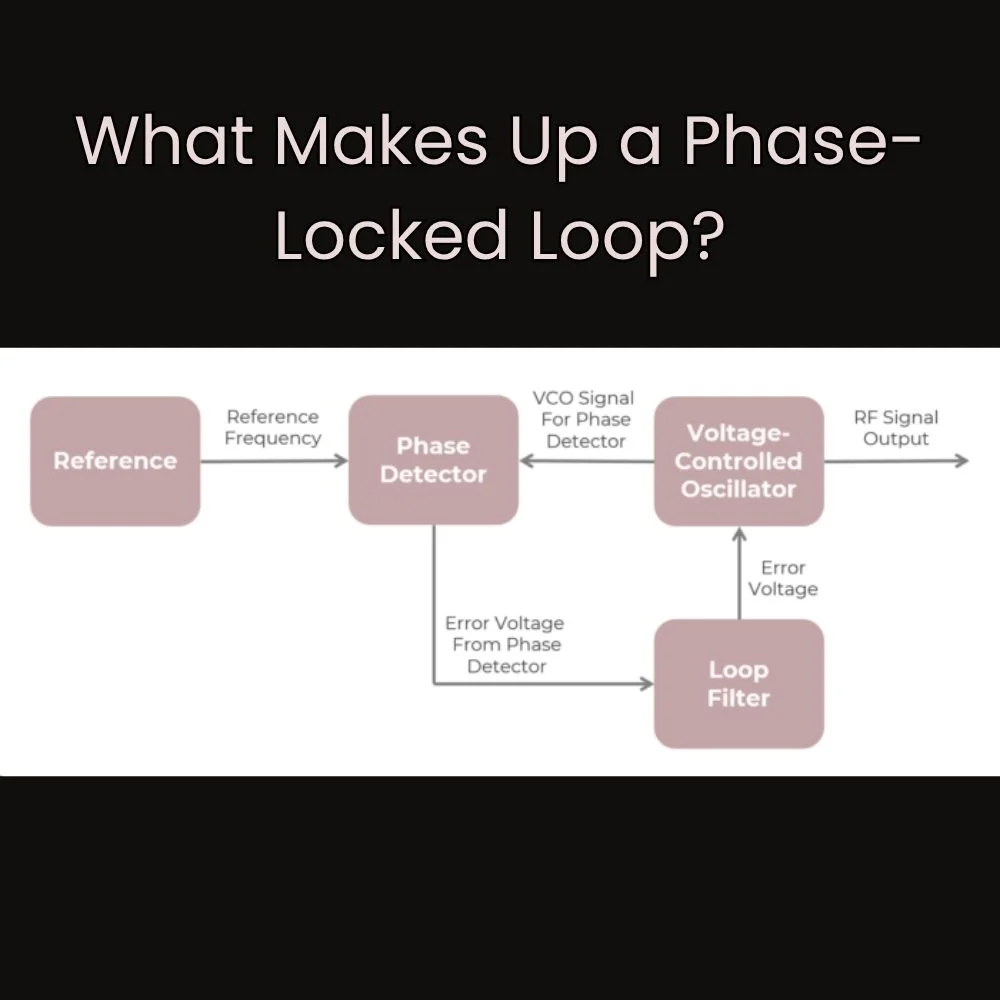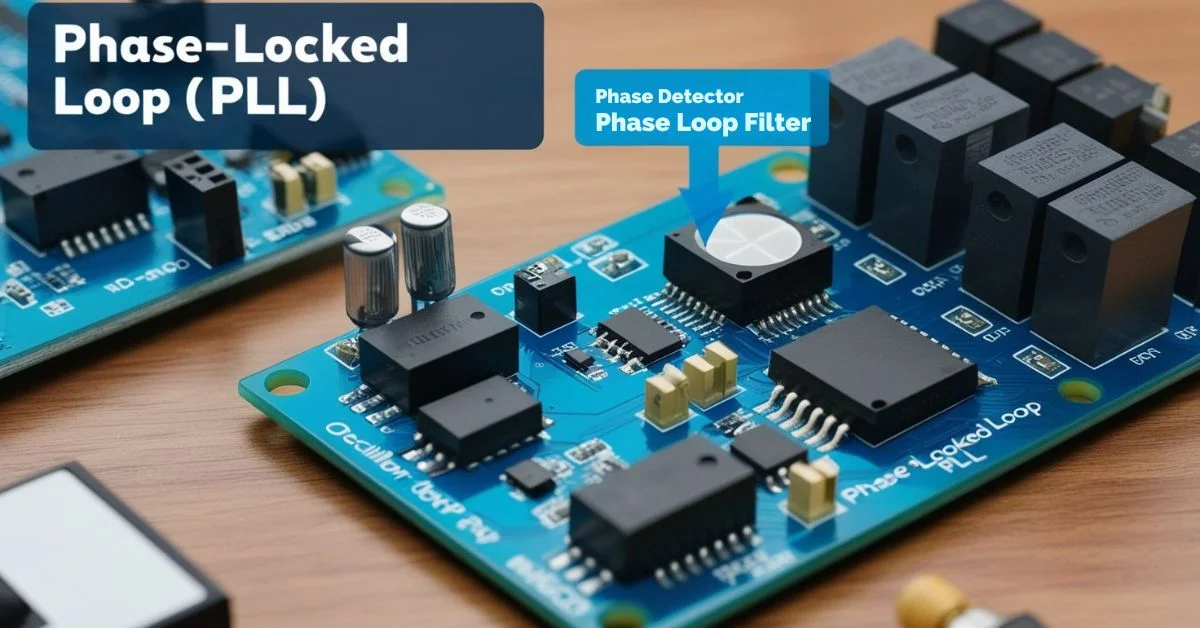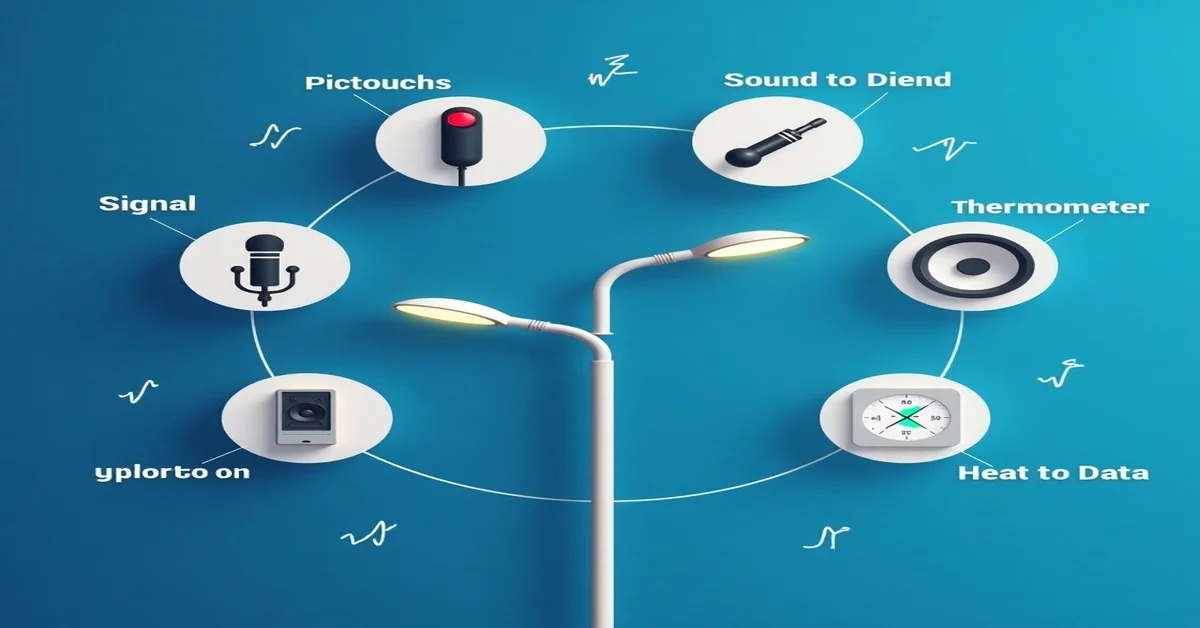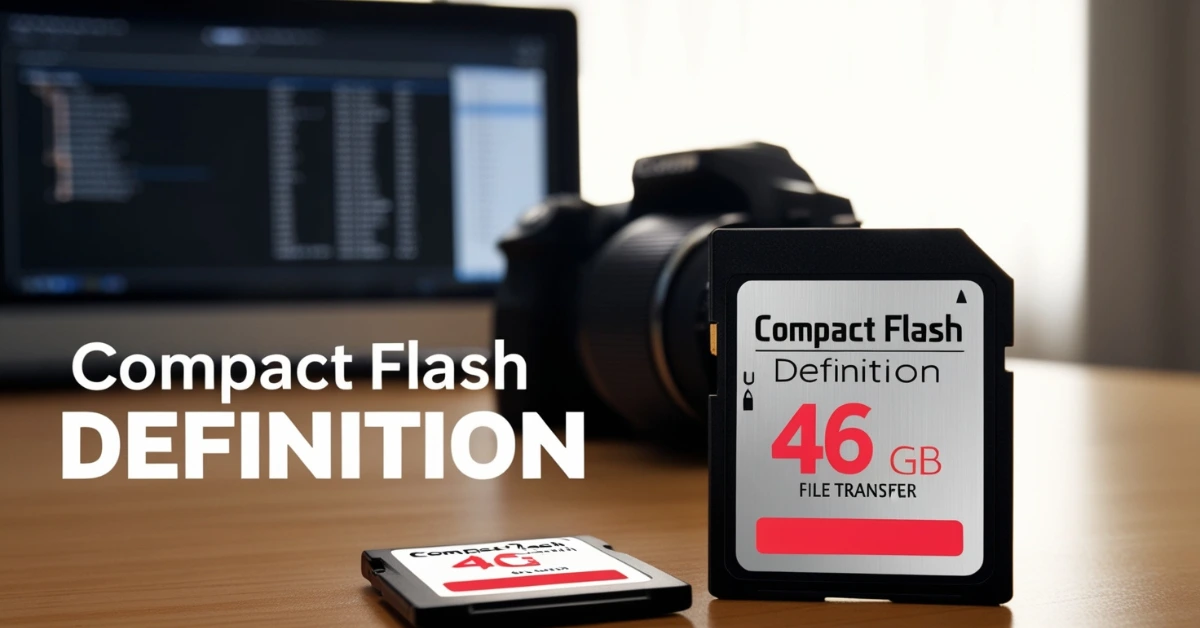A Phase-Locked Loop (PLL) is an electronic system that synchronizes an output signal with a reference signal in both phase and frequency. It compares the two signals, detects any difference, and generates a correction to adjust an oscillator. This feedback loop continues until the output is “locked” to the reference, keeping both signals in sync.
Why Phase-Locked Loop Matter?
PLLs are built into almost every modern electronic device. They help make clocks accurate, clean up noisy signals, tune radios, sync data in computers, and much more.
Here are a few ways they are used:
- Clock signals: Inside computers or phones, timing must be exact.
- Radios and TVs: PLLs lock onto broadcast frequencies for clear signals.
- Communications: They help clean and lock to data signals during transmission.
- Frequency synthesizers: PLLs can create many different frequencies from one stable signal.
Without Phase-Locked Loops, many of our electronic devices would not work properly
What Makes Up a Phase-Locked Loop? 
A typical Phase-Locked Loop has four main parts:
1. Phase Detector
- This part compares the reference signal with the feedback signal.
- It creates an error signal based on the difference in phase.
2. Loop Filter (Low-Pass Filter)
- The filter smooths out the error signal.
- It removes sudden spikes and gives a steady voltage.
3. Voltage-Controlled Oscillator (VCO)
- The VCO changes its output frequency based on the control voltage from the filter.
- It keeps adjusting until the signals are in sync.
4. Feedback Path (with Divider, if needed)
- This sends the output signal back to the phase detector.
- Dividers may be used to increase or decrease the frequency.
These parts form a loop that constantly checks and corrects the output.
How a PLL Works?
Here’s a simple step-by-step breakdown:
- Compare: The phase detector checks for timing differences between two signals.
- Convert: It makes an error signal based on the difference.
- Filter: The error signal goes through the loop filter to remove any sudden changes.
- Control: The filtered signal adjusts the oscillator.
- Repeat: The loop keeps running, adjusting as needed to stay locked.
The loop runs continuously to keep the output signal matched with the reference.
Types of PLLs
There are several kinds of PLLs based on how they’re built:
- Analog PLL (APLL): Uses purely analog components.
- Digital PLL (DPLL): Uses digital logic circuits to control phase and frequency.
- All-Digital PLL (ADPLL): Everything is done digitally, including the oscillator.
- Software PLL (SPLL): All steps are done using software, often inside a digital signal processor.
Each type has its own strengths, depending on speed, size, cost, and power usage.
Real-World Uses of PLLs
Phase-Locked Loops are found in many everyday tools and devices. Here are some common examples:
- FM and AM radios: They help tune and demodulate the signals.
- Computers and smartphones: PLLs generate internal timing signals.
- Wi-Fi and Bluetooth: Help lock onto signals during data transmission.
- Digital watches and clocks: PLLs keep time accurate.
- GPS devices: PLLs help lock onto satellite signals.
- Power inverters and converters: Keep voltage frequencies stable.
Even things like printers, routers, and gaming consoles have PLLs built into their systems.
Benefits and Limitations:
Benefits
- Keeps frequencies and signals in sync
- Can generate precise timing signals
- Helps clean up noisy or weak signals
- Works with both analog and digital systems
- Enables frequency multiplication or division
Limitations
- Phase noise: Can introduce small errors in timing
- Lock time: May take a few moments to fully sync
- Component quality: Poor parts can make the loop unstable
- Temperature effects: Real-world parts can drift with heat
A well-designed PLL carefully balances these trade-offs.
Common Problems and How They’re Fixed
- Too much noise: Use better filters and quality parts.
- Slow response: Speed up the detector and improve control voltage range.
- Loop instability: Adjust the filter to better match the system.
- Changes in environment: Choose parts that stay stable over temperature and voltage changes.
Engineers use simulation and testing to fine-tune PLL designs before putting them into final products.
Advanced Phase-Locked Loop Features
Some PLLs offer extra features to improve performance:
- Dividers and Multipliers: These allow the PLL to scale the reference frequency up or down.
- Phase-Frequency Detectors: Help lock more accurately and faster.
- Charge Pumps: Provide smoother control signals in digital PLLs.
- Multibit Comparisons: Allow finer adjustments and less jitter.
These improvements make modern PLLs more powerful and accurate
Conclusion
A Phase-Locked Loop (PLL) is a smart electronic system that keeps one signal matched with another. By comparing, filtering, and adjusting, it creates a loop that locks phase and frequency. PLLs are used in radios, phones, computers, and many other gadgets to keep everything running smoothly and accurately. While the design can be complex, the core idea is simple: compare signals, find the difference, and adjust until they match. That’s why PLLs are everywhere in electronics quietly making our digital lives work better.



